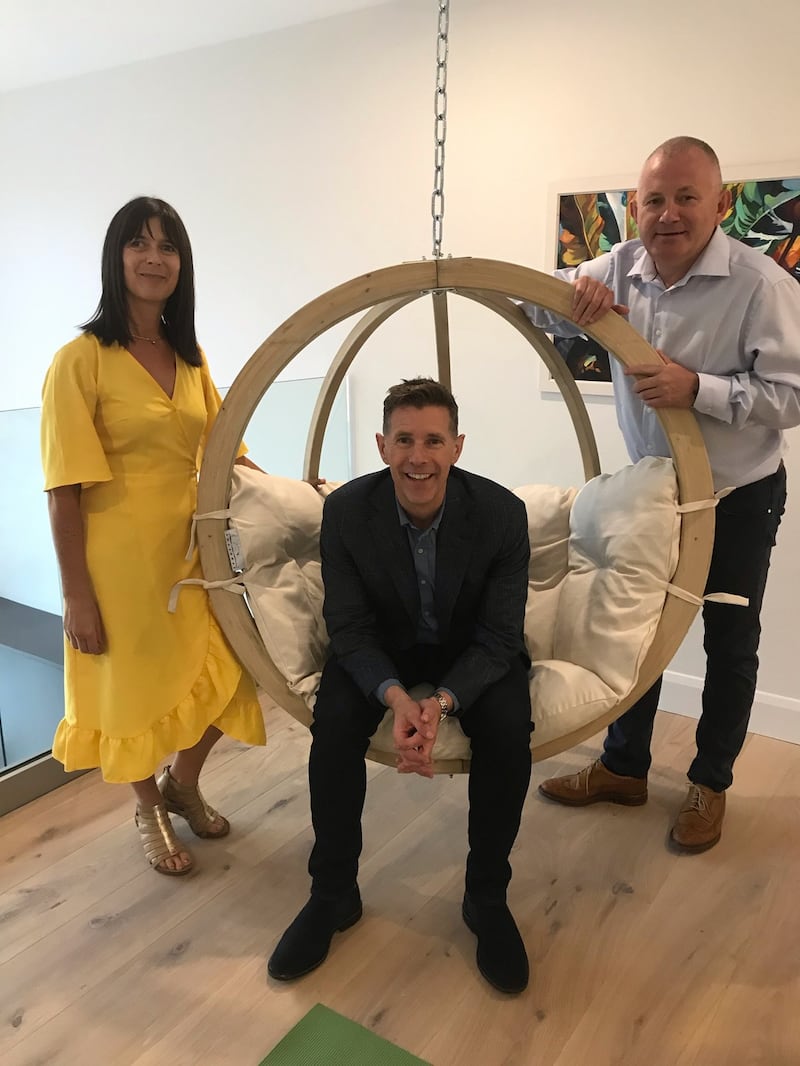The first episode of RTÉ’s Room to Improve, filmed in the boomy early months of 2007, featured a two-bedroom house in south Dublin. The owner, with a budget of €20,000, wanted her downstairs layout changed. And it was, dramatically, by new-to-TV architect Dermot Bannon. Maybe the budget went a little over (signs of things to come) but the delighted owner got what she wanted – a remodelled kitchen big enough to take a dining table – and viewers could see how an architect could rework space.
Screened on a Wednesday night, the summer series was an instant hit and Bannon, full of ideas and easily able to communicate them, wasn’t just a TV natural but came across as warm, engaging and down to earth. The process, too, was interesting when most of us might never meet, never mind employ, an architect.
Twelve years later and we’re all snarkitects when Room to Improve is on. There’s the talk-to-the-telly variety of snark – “ooh, bet there’ll be a glass box extension”, “call that a courtyard?” and “when he’s gone they’ll get net curtains” (and that’s just in my house). And for the past six weeks #roomtoimprove, screened in the primetime Sunday slot, has trended on Twitter. And why wouldn’t it? There have been so many entertaining moments this series – from lovable Tom and Mary in episode one to the €120,000 shed and the feng shui expert.

But something has shifted on Room to Improve in the 12 years – the foundations appear to be sinking and a bigger budget won’t fix it.
At the end of each episode there’s the big reveal when, after all that’s gone before – the builder moaning, the budget running wild, rows about windows, the clients’ hard-hat visits, there’s a lot that’s now predictable – we see the finished home with Bannon as our proud guide.
The client-architect dynamic
Last Sunday, in the final episode of the series homeowners Gustav and Glen opened the door of their renovated Drumcondra house, and like a polite guest on his first visit Bannon entered and complimented them on the mustardy paint colour in hall. But as we’d seen him bring the men on a colour-choosing mission to a house painted in rigorous monotone – and viewers know there’s nothing he likes more than any shade of white – it wasn’t hard to surmise that he’d rather eat a full jar of Dijon than choose that colour.
Then into the reception rooms, the dark gloomy walls matching the episode’s tetchy mood, where an involuntary “Oh my God … I don’t know where to look.” escaped Bannon’s mouth. “It’s everywhere, there is no one thing,” he said of the men’s carefully curated clutter. “It’s stuff, bits, wow, I love it.”
In the kitchen Bannon looked at the slide-away cupboard doors with open curiosity; we’d earlier seen him in the showroom, his frustration barely held in check, calling the men’s kitchen door idea “bonkers” . Of the vast white marble worktop Bannon said “there are no words”. Well there are – “1970s church altar”, “mortuary slab”, “that corner’ll take the sight out of a running child” – see, it brings out the snarkictect in us all.
Not Bannon, though. “It’s just beautiful isn’t it?” he said, and he may have believed it. In the shower room where Glen had the look of a man expecting a row over wallpaper, the ever affable Bannon said nice things.

So we didn’t see much of the house and we got few details of the interior choices, or for that matter a good look at the new architectural element – that double-height kitchen. It begs the question: what is point of the series? And then Bannon mentioned the A3 Ber rating and you wanted him to stop right there, to rewind the whole thing and show exactly how he did that – to explain how much of the €240,000 build (€90,000 over initial budget) went on improving the three-storey Edwardian’s energy efficiency. Bringing a 100-year-old house from the chilly lower letters of the alphabet to a toasty, cheaper-to-run A3 is impressive. That’s the improvement we now all want in our rooms even if they’re not as grand as the ones in Drumcondra.
Room to Improve is more caught up in capturing the client-architect dynamic – often entertaining but uncomfortable to watch this week – rather than giving viewers interested in architecture and design a genuine insight into how to make their homes work better for them. Which in one way is fair enough: it is in a prime entertainment TV slot after all. It’s been must-watch TV since it started but maybe now it’s time for a series makeover – even though any change will be a difficult call.
Room to Improve has been a ratings winner – this series averaged 513,500 viewers across the six episodes. The highest rated episode was the mega-budget renovation of the Wicklow bungalow.
Bannon will be back in January in a two-part Room to Improve special featuring his own newly renovated home. Twitter will be ablaze.











